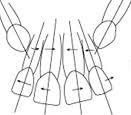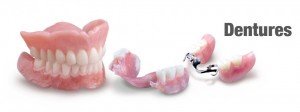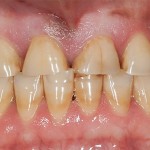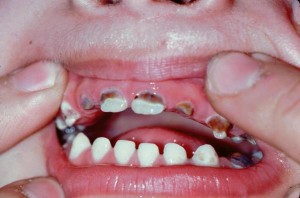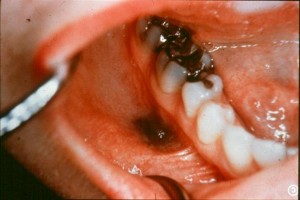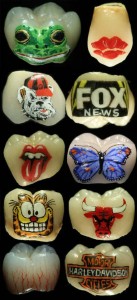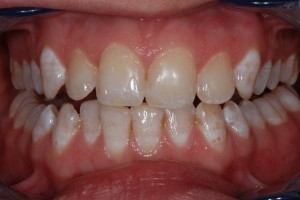When your child’s permanent central teeth erupt, you may notice, on the top of the teeth, the incisal/biting edges, has bumps. These bumps are called tooth mamelons. Tooth mamelons vary from patient to patient. Some are very prominent and some look like the too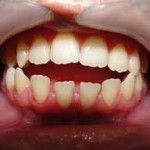 th has an indentation.The edges are rough and make the teeth look uneven. Mamelons are usually seen on the upper and lower, permanent central and lateral incisors. Some parents may be concerned when they see the permanent teeth because they think the tooth is damaged. However, such teeth should not be a cause for concern at all as it is a normal phenomenon. These are not seen in adults as these mamelons wear away with use.
th has an indentation.The edges are rough and make the teeth look uneven. Mamelons are usually seen on the upper and lower, permanent central and lateral incisors. Some parents may be concerned when they see the permanent teeth because they think the tooth is damaged. However, such teeth should not be a cause for concern at all as it is a normal phenomenon. These are not seen in adults as these mamelons wear away with use.

